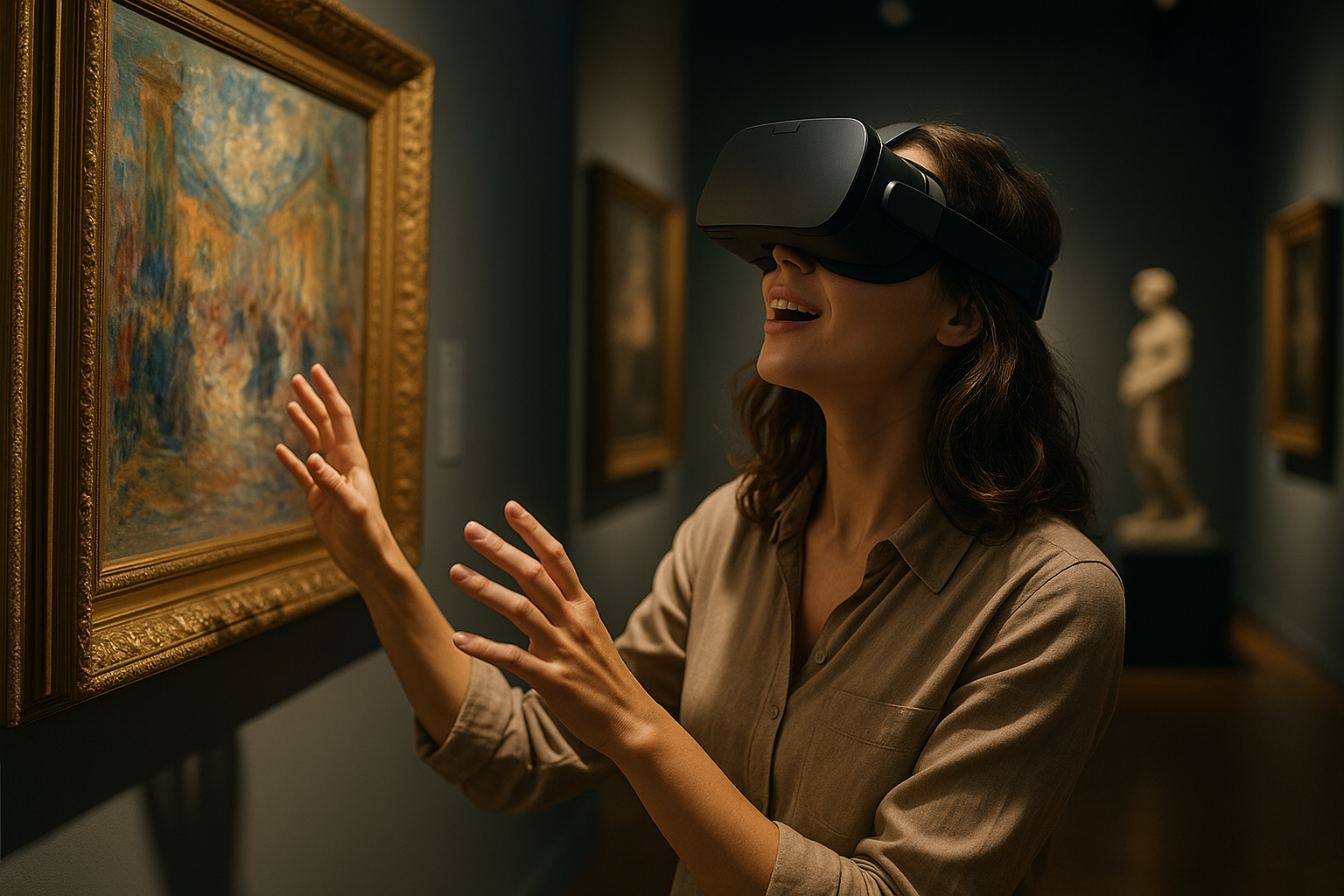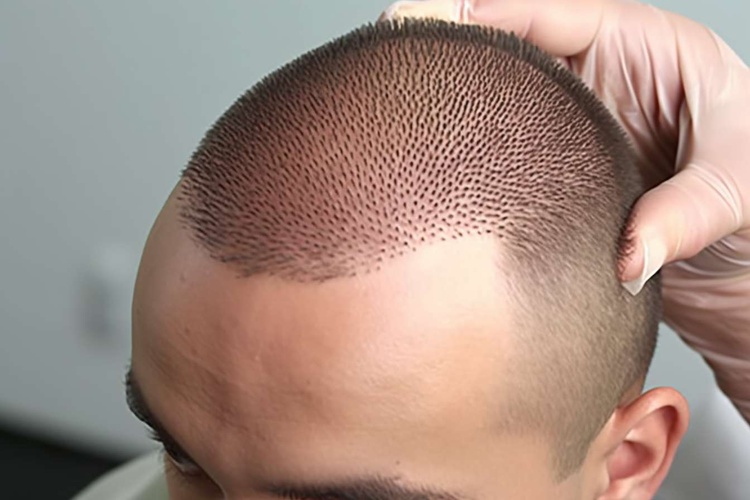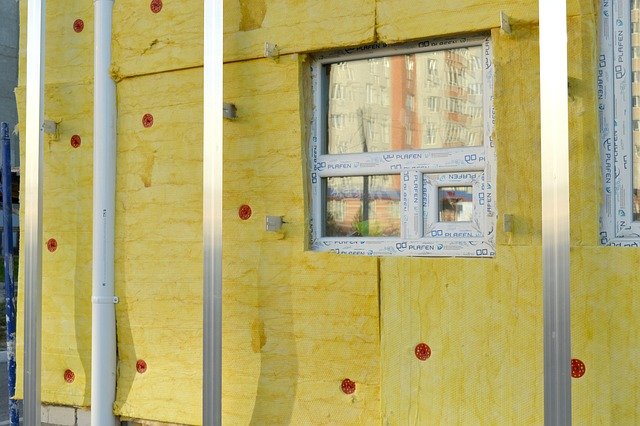Unveiling the Surge in Virtual Reality Art Expeditions
Introduction: Immerse yourself in the captivating world of virtual reality art exhibitions, a wave of innovation that is transforming the way we interact with art and culture. This article delves into the fascinating transition of art from physical spaces to the digital realm, offering a fresh perspective on the future of artistic engagement.

A Glimpse into the Past: The Traditional Art Exhibition
The traditional art exhibition has been an integral part of cultural engagement for centuries. From the grandeur of the Louvre to the modernist marvels of the Guggenheim, traditional art spaces have always offered a tangible, immersive experience. Visitors could walk through galleries, observing the fine details of a painting or sculpture up-close, immersed in the aura of each masterpiece. However, with the advent of digital technology, the boundaries of these physical spaces are being pushed, giving rise to a new form of artistic engagement: virtual reality art exhibitions.
The Digital Transformation: Advent of Virtual Reality Art Exhibitions
The recent surge in virtual reality technology has sparked an innovative trend in the art world. Virtual reality art exhibitions are transforming the way audiences interact with art, offering an immersive, interactive experience that transcends physical limitations. These digital art expeditions allow viewers to explore art pieces in a 360-degree virtual environment, enabling a deeper connection with the artwork. Unlike traditional galleries, which are bound by spatial constraints, virtual reality art exhibitions offer unlimited space, allowing for larger and more diverse collections.
The Impact: Changing the Artistic Landscape
The impact of virtual reality art exhibitions on the art industry is profound. It has democratized art, making it accessible to audiences worldwide, irrespective of geographical constraints. Moreover, it has expanded the creative possibilities for artists, allowing them to experiment with immersive, interactive art forms. This shift has also sparked a critical discourse on the definition of art, challenging traditional notions and opening new avenues for artistic expression.
Current Developments: The Future of Art Engagement
Today, leading museums and galleries around the world are embracing virtual reality technology. Prestigious institutions like the British Museum and the Smithsonian have launched virtual tours, allowing audiences to explore their collections from the comfort of their homes. Furthermore, new platforms are emerging that focus solely on virtual reality art exhibitions, offering a dedicated space for digital art. As technology continues to evolve, we can expect more immersive, engaging, and innovative virtual reality art experiences in the future.
A New Era of Artistic Engagement
The surge in virtual reality art exhibitions marks a new era in the art industry. It represents a paradigm shift from the physical to the digital, from the tangible to the virtual. However, it does not replace traditional art exhibitions but complements them, offering a new form of artistic engagement that is inclusive, innovative, and immersive. As we continue to navigate the digital age, it’s clear that virtual reality art exhibitions will play a pivotal role in shaping the future of art.
In conclusion, virtual reality art exhibitions are not just a trend, but a testament to the transformative power of technology. They are redefining the boundaries of artistic engagement, offering a fresh, unique perspective on the world of art. Whether you’re an art enthusiast or a casual observer, these digital expeditions promise an immersive, engaging journey into the realm of art, unlike anything you’ve experienced before.




